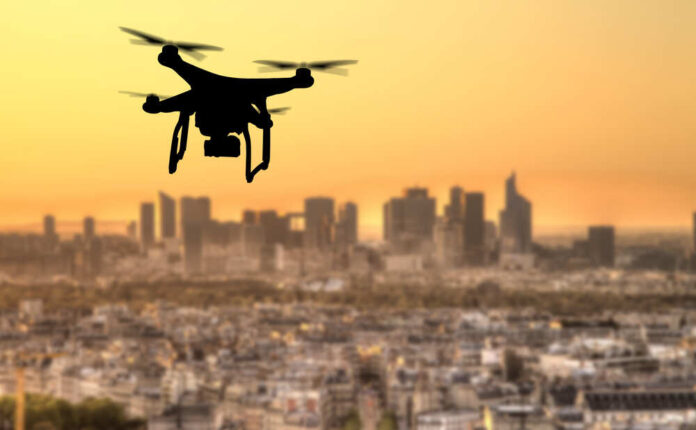
NYPD’s new drone program promises faster emergency response, but raises privacy concerns.
At a Glance
- NYPD launches “Drone as First Responder” program in three boroughs
- Drones can reach emergency scenes in as little as 60 seconds
- Program enhances situational awareness with live video and audio feeds
- Critics worry about privacy implications and reliability of associated technology
- Footage automatically deleted after 30 days unless needed for legal purposes
NYPD Introduces High-Tech Drone Program
The New York Police Department has unveiled its “Drone as First Responder” (DFR) program, deploying advanced drones across three boroughs of New York City. Announced by Mayor Eric Adams and Interim Police Commissioner Tom Donlon, this initiative aims to revolutionize emergency response in the nation’s largest city.
The program strategically positions drones in Brooklyn, the Bronx, and Manhattan, focusing on areas with high call volumes. These unmanned aerial vehicles are designed to reach emergency scenes rapidly, potentially arriving in as little as 60 seconds, providing crucial real-time information to responding officers.
The NYPD is using even more drones to help keep New Yorkers safe!
Alongside New York's Finest on the ground, our new "Drone as First Responder" program is aimed at boosting response times and improving efficiency.
Learn more about the program: https://t.co/FLuc2x4jqf pic.twitter.com/dakTJ7mRGp
— NYC Mayor's Office (@NYCMayorsOffice) November 14, 2024
Enhanced Capabilities and Efficiency
The NYPD’s drone fleet consists of 100 drones operated by over 110 FAA-certified pilots. These high-tech devices are equipped with sophisticated visual and auditory technology, streaming high-definition video and audio feeds directly to officers’ smartphones. This real-time data transmission significantly enhances situational awareness, allowing for more informed and effective responses to emergencies.
“New York City is flying into the future as we keep New Yorkers safe. While the ‘Drone as First Responder’ program is what precision policing in the 21st century looks like, drone potential is really just taking off. We are leveraging the latest technology to enhance the NYPD’s emergency-response capabilities, remotely sending drones to the exact longitude and latitude of where an emergency call comes and sometimes in as little as a minute. These drones will mean more efficient policing and will help increase the safety of our responding NYPD officers and New Yorkers.” – Mayor Adams
In the past year alone, these drones have responded to over 4,000 missions, including 2,300 priority calls. Their versatility extends beyond emergency response, with applications in structural assessments, shark activity monitoring, and crime scene documentation. The NYPD is also exploring future capabilities, such as delivering emergency equipment and deploying flotation devices.
Addressing Privacy Concerns
While the program promises enhanced public safety and operational efficiency, it has not been without controversy. Civil liberties and privacy advocates have raised concerns about the potential for increased surveillance and infringement on personal privacy.
“These drones would be disturbing enough on their own, but pairing them with a discredited vendor like ShotSpotter is even worse. Recent reviews have found that the vast majority of ShotSpotter alerts are wild goose chases, sending the NYPD to the scenes of crimes that never happened. Sending robots chasing after phantom gunshots that are actually fireworks and car backfires is a privacy nightmare.” – Albert Fox Cahn
To address these concerns, the NYPD has implemented several safeguards. Each drone mission is monitored in real-time by the department’s Legal Bureau to ensure accountability. Additionally, drone footage is automatically deleted after 30 days unless it is deemed crucial for legal purposes.
The Future of Urban Policing
Despite the controversies, supporters of the program argue that it represents a significant advancement in urban law enforcement technology. The drones offer a cost-effective alternative to helicopter operations, allowing for more efficient resource allocation. As cities across the nation grapple with public safety challenges and budget constraints, New York’s DFR program could serve as a model for the future of urban policing.
As the NYPD continues to refine and expand its drone program, the balance between technological innovation and privacy protection remains a critical concern. The success of this initiative may well depend on the department’s ability to demonstrate both its effectiveness in enhancing public safety and its commitment to protecting citizens’ rights in an increasingly digital world.














